Filter by
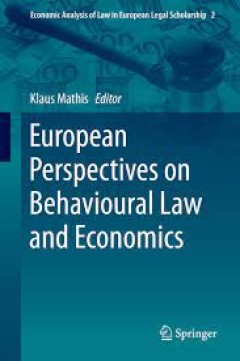
European Perspectives on Behavioural Law and Economics
This anthology highlights the theoretical foundations as well as the various applications of Behavioural Law and Economics in European legal culture. By the same token, it fosters the dialogue between European and American Law and Economics scholars. The traditional neo-classical microeconomic theory explains human behaviour by using Rational Choice. According to this model, people tend to m…
- Edition
- -
- ISBN/ISSN
- 978-3-319-11635-8
- Collation
- 1 b/w illustrations, 10 illustrations in colour
- Series Title
- -
- Call Number
- -
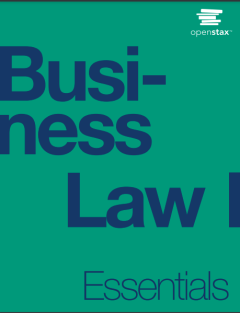
Business Law I Essentials
Business Law I Essentials is a brief introductory textbook designed to meet the scope and sequence requirements of courses on Business Law or the Legal Environment of Business. The concepts are presented in a streamlined manner, and cover the key concepts necessary to establish a strong foundation in the subject. The textbook follows a traditional approach to the study of business law. Each cha…
- Edition
- -
- ISBN/ISSN
- -
- Collation
- -
- Series Title
- -
- Call Number
- 346.07 BUS

European Autonomy in Spac
The volume provides analyses and evaluations of the continuing importance of Europe’s autonomy in its access to space as a key driver in the development of European space capabilities. From a detailed historical analysis of some of the pitfalls of dependence in the space industry, experts analyse the full range of current European space capabilities and identify areas where autonomy is both p…
- Edition
- -
- ISBN/ISSN
- 978-3-319-11110-0
- Collation
- 6 b/w illustrations
- Series Title
- -
- Call Number
- -

European Arrest Warrant
This book examines the European arrest warrant as a successful and effective instrument for judicial co-operation in criminal matters in the European Union. Providing comprehensive content and combining theoretical and practical aspects, it covers all of the major issues surrounding the European arrest warrant. The book analyses its genesis, main features, surrender procedure, case law, impleme…
- Edition
- -
- ISBN/ISSN
- 978-3-319-07338-5
- Collation
- XV, 375
- Series Title
- -
- Call Number
- -
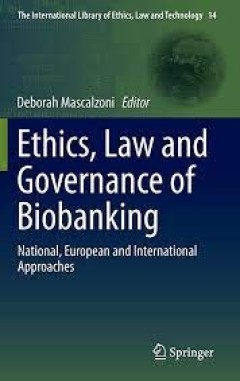
Ethics, Law and Governance of Biobanking National, European and Internationa…
Biobank research and genomic information are changing the way we look at health and medicine. Genomics challenges our values and has always been controversial and difficult to regulate. In the future lies the promise of tailored medical treatments and pharmacogenomics but the borders between medical research and clinical practice are becoming blurred. We see sequencing platforms for research th…
- Edition
- -
- ISBN/ISSN
- 978-94-017-9573-9
- Collation
- VIII, 277
- Series Title
- -
- Call Number
- -
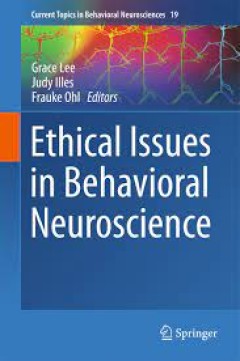
Ethical Issues in Behavioral Neuroscience
Behavioral neuroscience encompasses the disciplines of neurobiology and psychology to study mechanisms of behavior. This volume provides a contemporary overview of the current state of how ethics informs behavioral neuroscience research. There is dual emphasis on ethical challenges in experimental animal approaches and in clinical and nonclinical research involving human participants.
- Edition
- -
- ISBN/ISSN
- 978-3-662-44866-3
- Collation
- 4 b/w illustrations, 3 illustrations in colour
- Series Title
- -
- Call Number
- -
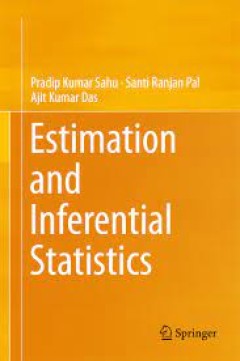
Estimation and Inferential Statistics
This book focuses on the meaning of statistical inference and estimation. Statistical inference is concerned with the problems of estimation of population parameters and testing hypotheses. Primarily aimed at undergraduate and postgraduate students of statistics, the book is also useful to professionals and researchers in statistical, medical, social and other disciplines. It discusses current …
- Edition
- -
- ISBN/ISSN
- 978-81-322-2514-0
- Collation
- 23 b/w illustrations
- Series Title
- -
- Call Number
- -

Essays on New Institutional Economics
This collection of essays comprises some of Rudolf Richter’s important contributions to research on New Institutional Economics (NIE). It deals with the central idea, principles, and methodology of New Institutional Economics and explores its relation to sociology and law. Other chapters examine applications of NIE to various microeconomic and macroeconomic issues in the face of uncertainty, …
- Edition
- -
- ISBN/ISSN
- 978-3-319-14154-1
- Collation
- 2 b/w illustrations
- Series Title
- -
- Call Number
- -

Investing into North African Solar Power: A Legal Framework for Risk Manageme…
This book investigates how a North African solar thermal power plant can be set up under the guidance of European investors (e.g. the Desertec Concept) as a Public Private Partnership (PPP). It outlines the importance of early awareness of contract-related risks, investment risks and dispute settlement, arguing that commercial and investment arbitration are the best tools for settling disputes …
- Edition
- -
- ISBN/ISSN
- 978-3-319-15756-6
- Collation
- -
- Series Title
- -
- Call Number
- -
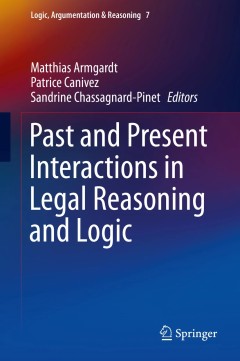
Past and Present Interactions in Legal Reasoning and Logic
This volume explores the relation between legal reasoning and logic from both a historical and a systematic perspective. The topics addressed include, among others, conditional legal acts, disjunctions in legal acts, presumptions and conjectures, conflicts of values, Jørgensen´s Dilemma, the Rhetor´s Dilemma, the theory of legal fictions and the categorization of contracts. The unifying prob…
- Edition
- -
- ISBN/ISSN
- 978-3-319-16021-4
- Collation
- XI, 270 halaman
- Series Title
- Logic, Argumentation & Reasoning
- Call Number
- 340.1 PAS
 Computer Science, Information & General Works
Computer Science, Information & General Works  Philosophy & Psychology
Philosophy & Psychology  Religion
Religion  Social Sciences
Social Sciences  Language
Language  Pure Science
Pure Science  Applied Sciences
Applied Sciences  Art & Recreation
Art & Recreation  Literature
Literature  History & Geography
History & Geography